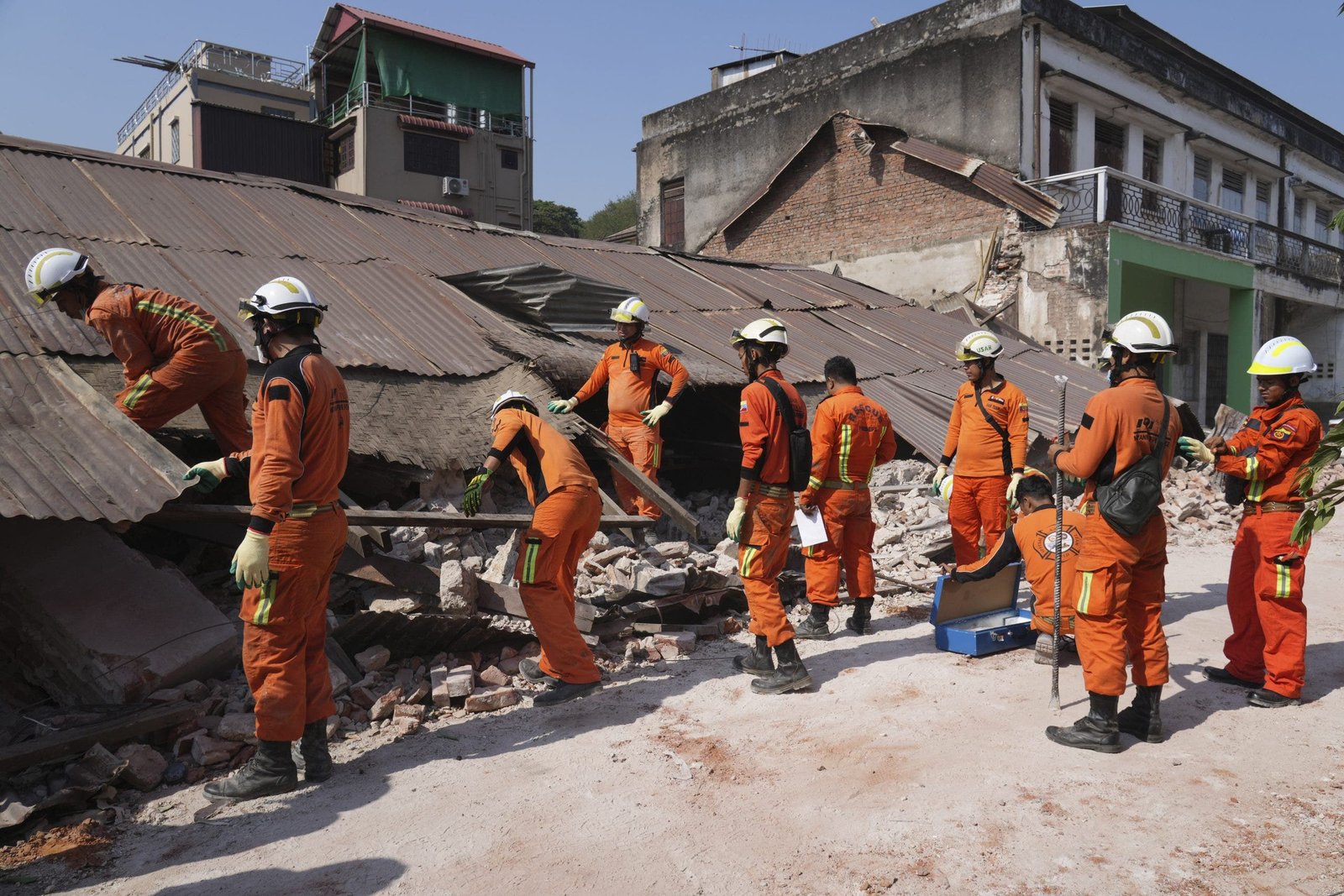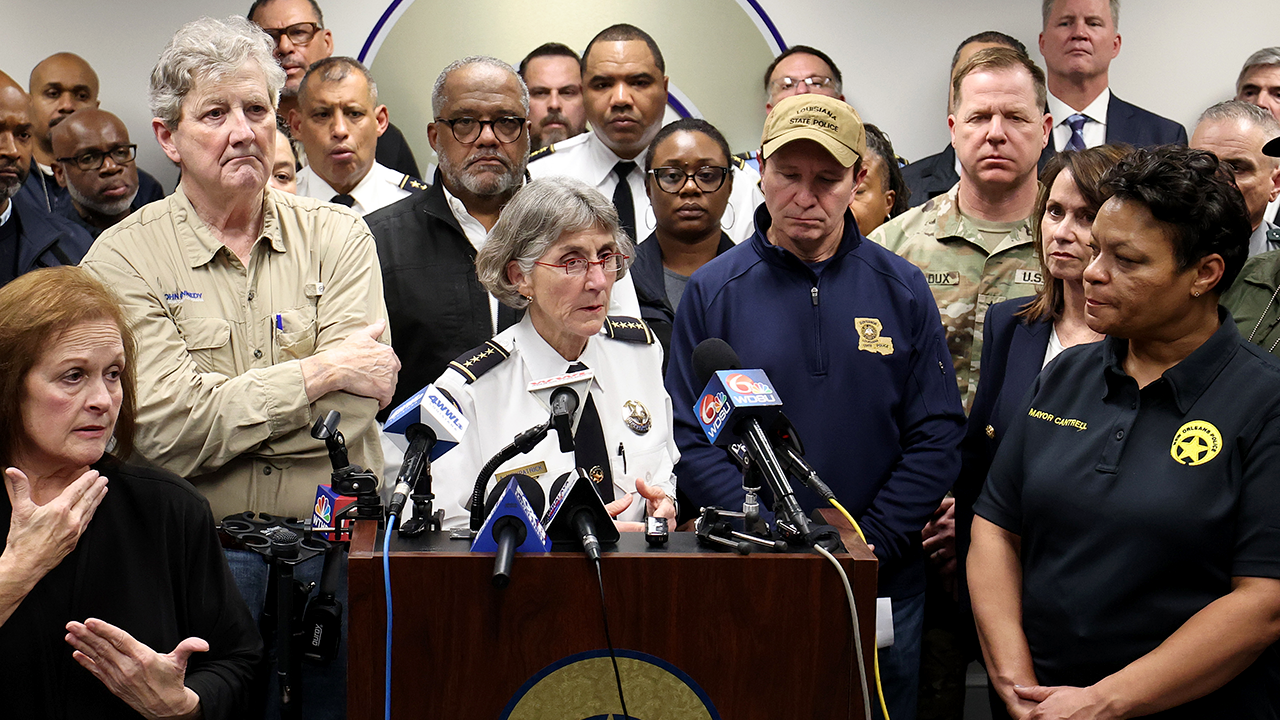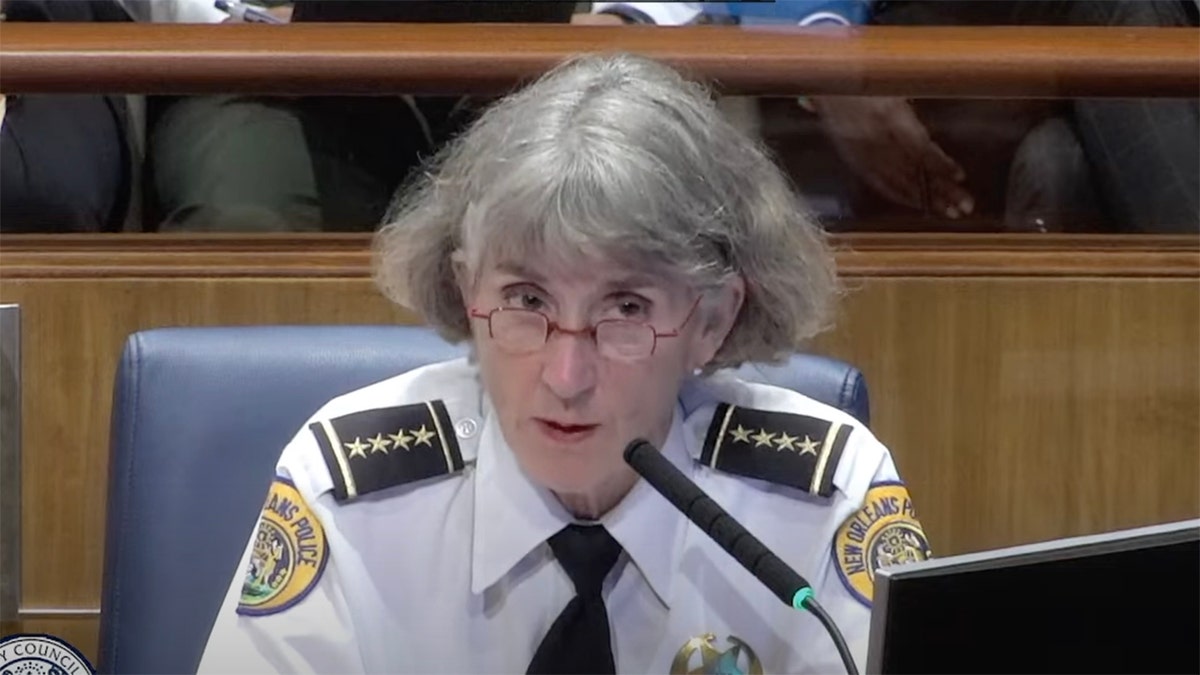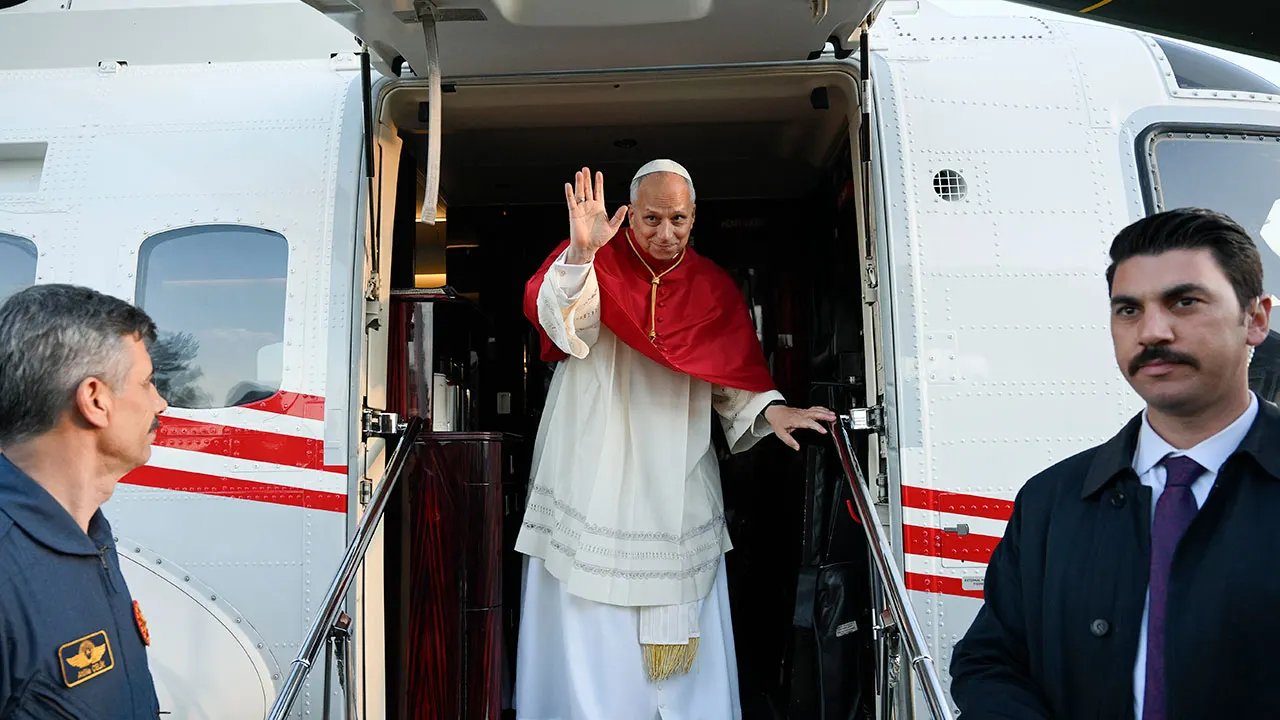INTERNACIONAL
Survivors still being found from Burma earthquake, but hopes begin to fade as deaths exceed 2,700

- A 7.7 magnitude earthquake rocked Burma on Friday, killing more than 2,700 people, compounding a humanitarian crisis caused by a civil war.
- The death toll is expected to rise, but the earthquake hit a wide swath of the country, leaving many areas without power, telephone or cell connections and damaging roads and bridges, leaving the full extent of the devastation hard to assess.
- The World Health Organization said more than 10,000 buildings are known to have collapsed or been severely damaged in Burma. The earthquake also hit neighboring Thailand, causing a high-rise building under construction to collapse and burying many workers.
Rescue workers saved a 63-year-old woman from the rubble of a building in Burma’s capital on Tuesday, but hope was fading of finding many more survivors of the violent earthquake that killed more than 2,700 people, compounding a humanitarian crisis caused by a civil war.
The fire department in Naypyitaw said the woman was successfully pulled from the rubble 91 hours after being buried when the building collapsed in the 7.7 magnitude earthquake that hit midday Friday. Experts say the likelihood of finding survivors drops dramatically after 72 hours.
Death toll numbers forecast to increase
The head of Burma’s military government, Senior Gen. Min Aung Hlaing, told a forum in Naypyitaw, that 2,719 people have now been found dead, with 4,521 others injured and 441 missing, Myanmar’s Western News online portal reported.
BURMA-THAILAND EARTHQUAKE: PATRICK SCHWARZENEGGER, ‘WHITE LOTUS’ CAST SEND PRAYERS AS DEATH TOLL PASSES 1,000
Those figures are widely expected to rise, but the earthquake hit a wide swath of the country, leaving many areas without power, telephone or cell connections and damaging roads and bridges, leaving the full extent of the devastation hard to assess.
Most of the reports so far have come from Mandalay, Burma’s second-largest city, which was near the epicenter of the earthquake, and Naypyitaw.
«The needs are massive, and they are rising by the hour,» said Julia Rees, UNICEF’s deputy representative for Burma.
Burma’s rescuers work through rubble of a collapsed building following Friday’s earthquake in Naypyitaw, Burma, on April 1, 2025. (AP Photo)
«The window for lifesaving response is closing. Across the affected areas, families are facing acute shortages of clean water, food, and medical supplies.»
Burma’s fire department said that 403 people have been rescued in Mandalay and 259 bodies have been found so far. In one incident alone, 50 Buddhist monks who were taking a religious exam in a monastery were killed when the building collapsed and 150 more are thought to be buried in the rubble.
Structural damage is extensive
The World Health Organization said that more than 10,000 buildings overall are known to have collapsed or been severely damaged in central and northwest Burma.
The earthquake also rocked neighboring Thailand, causing a high-rise building under construction to collapse and burying many workers.
Two bodies were pulled from the rubble on Monday and another was recovered Tuesday, but dozens were still missing. Overall, there were 21 people killed and 34 injured in Bangkok, primarily at the construction site.
In Burma, search and rescue efforts across the affected area paused briefly at midday on Tuesday as people stood for a minute in silent tribute to the dead.
MASSIVE 7.7 MAGNITUDE EARTHQUAKE ROCKS THAILAND, BURMA, COLLAPSING BUILDINGS AND KILLING MORE THAN 1,000
Relief efforts moving at a sluggish pace
Foreign aid workers have been arriving slowly to help in the rescue efforts, but progress was still slow with a lack of heavy machinery in many places.
In one site in Naypyitaw on Tuesday, workers formed a human chain, passing chunks of brick and concrete out hand-by-hand from the ruins of a collapsed building.
The Burma military government’s official Global New Light of Burma reported Tuesday that a team of Chinese rescuers saved four people the day before from the ruins of the Sky Villa, a large apartment complex that collapsed during the quake. They included a 5-year-old and a pregnant woman who had been trapped for more than 60 hours.
The same publication also reported two teenagers were able to crawl out of the rubble of the same building to where rescue crews were working, using their cellphone flashlights to help guide them. The rescue workers were then able to use details from what they told them to locate their grandmother and sibling.
International rescue teams from several countries are on the scene, including from Russia, China, India, the United Arab Emirates and several Southeast Asian countries. The U.S. Embassy said an American team had been sent but hadn’t yet arrived.
Aid pledges pouring in as officials warn of disease outbreak risk
Meantime, multiple countries have pledged millions in aid to assist Burma and humanitarian aid organizations with the monumental task ahead.
Even before the earthquake, more than 3 million people had been displaced from their homes by Burma’s brutal civil war, and nearly 20 million were in need, according to the U.N.
Many were already lacking in basic medical care and standard vaccinations, and the destruction of water and sanitation infrastructure by the earthquake raises the risk of disease outbreaks, warned the U.N.’s Office for the Coordination of Humanitarian Affairs.
«The displacement of thousands into overcrowded shelters, coupled with the destruction of water and sanitation infrastructure, has significantly heightened the risk of communicable disease outbreaks,» OCHA said in its latest report.
«Vulnerability to respiratory infections, skin diseases, vector-borne illnesses such as dengue fever, and vaccine-preventable diseases like measles is escalating,» it added.
The onset of monsoon season also a worry
Shelter is also a major problem, especially with the monsoon season looming.
Since the earthquake, many people have been sleeping outside, either because homes were destroyed or out of fear of aftershocks.
Civil war complicates disaster relief
Burma’s military seized power in 2021 from the democratically elected government of Aung San Suu Kyi, sparking what has turned into significant armed resistance and a brutal civil war.
Government forces have lost control of much of Burma, and many places were dangerous or impossible for aid groups to reach even before the quake.
Military attacks and those from some anti-military groups have not stopped in the aftermath of the earthquake, though the shadow opposition National Unity Government has called a unilateral ceasefire for its forces.
BURMESE GOVERNMENT DENIES CLAIMS IT KILLED 76 VILLAGERS
The NUG, established by elected lawmakers who were ousted in 2021, called for the international community to ensure humanitarian aid is delivered directly to the earthquake victims, urging «vigilance against any attempts by the military junta to divert or obstruct humanitarian assistance.»
«We are in a race against time to save lives,» the NUG said in a statement.
«Any obstruction to these efforts will have devastating consequences, not only due to the impact of the earthquake but also because of the junta’s continued brutality, which actively hinders the delivery of lifesaving assistance.»
It wasn’t immediately clear whether the military has been impeding humanitarian aid. In the past, it initially refused to allow in foreign rescue teams or many emergency supplies after Cyclone Nargis in 2008, which resulted in well more than 100,000 deaths. Even once it did allow foreign assistance, it was with severe restrictions.
CLICK HERE TO GET THE FOX NEWS APP
In this case, however, Min Aung Hlaing, pointedly said on the day of the earthquake that the country would accept outside help.
Tom Andrews, a monitor on rights in Burma commissioned by the U.N.-backed Human Rights Council, said on X that to facilitate aid, military attacks must stop.
«The focus in Burma must be on saving lives, not taking them,» he said.
INTERNACIONAL
Ahead of ICE ops, New Orleans police leader lambasted for comments about enforcement of immigration law

NEWYou can now listen to Fox News articles!
New Orleans Police Department Superintendent Anne Kirkpatrick made waves earlier this week when she stated illegal immigration by foreign nationals in the U.S. is a «civil issue» and that therefore her agency will not enforce certain immigration laws — but would respond when ensuring public safety and that those involved in a federal operation are «not going to get hurt.»
Kirkpatrick made the remarks at a press conference marking the end of a 15-year consent decree between the city and federal government, after then-Mayor Mitch Landrieu invited the Obama Justice Department to probe the agency for alleged «pattern or practice» of civil rights-related misconduct.
During press questions, Kirkpatrick responded to one reporter by saying that to «be in the country undocumented is (a) civil issue.»
«We will not enforce civil law, and so our support is to make sure they’re not going to get hurt and our community is not in danger,» Kirkpatrick said.
ICE READIES SWAMP SWEEP: MISSISSIPPI PLEDGES TO AID, NOT BLOCK, FEDERAL CRACKDOWN
New Orleans Police Superintendent Anne Kirkpatrick is flanked by Louisiana officials after a terror attack before the 2025 Sugar Bowl. (Chris Graythen/Getty Images)
«Am I expecting them to come?» she said. «Yes, I’m expecting them to come. But can I tell you they’re coming Friday? No, I can’t tell you that.»
«If they call for help because they say they’re going to be hurt. We are going to be there in order to help anyone in danger. We are not enforcing — because we can’t.»
Kirkpatrick’s comments swiftly went viral on social media, with critics — largely from the right — lambasting her for claiming her agency cannot enforce certain immigration laws.
DENVER MAYOR SAYS HE’S PREPARED TO GO TO JAIL OVER OPPOSITION TO TRUMP DEPORTATIONS OF ILLEGAL IMMIGRANTS
Commentator Chaya Raichik, better known as «LibsOfTikTok,» also responded to the superintendent’s comments.
«Anne Kirkpatrick… says that illegally invading the U.S. is a ‘civil issue’ and her police force ‘will not enforce the law.’»
«Illegally invading the country is a crime. This is who is in charge of the police.»
NOEM, IN ILLINOIS, CALLS OUT GOV. PRITZKER, CHICAGO’S MAYOR OVER THEIR HANDLING OF CRIMINAL ILLEGAL IMMIGRANTS
«This is Law Enforcement 101. Every American knows this,» conservative commentator David Harris Jr. tweeted separately.
Florida journalist Eric Daugherty responded to a clip of Kirkpatrick, writing: «False. It is a crime.»
«How can you be the leader of a major police force and not know this? Arrest and deport. No exceptions,» Daugherty said.
CHICAGO POLICE ORDERED NOT TO RESPOND AFTER CAR-RAMMING ATTACK ON FEDERAL AGENTS: SOURCES
Louisiana Republican Attorney General Liz Murrill commented below Daugherty’s message, saying that she spoke directly to Kirkpatrick about her comments.
«It is a state crime to obstruct ICE and federal immigration enforcement. Law enforcement should enforce the law,» Murrill said.
In response to Murrill, several other critics reamed Kirkpatrick for being in charge of the New Orleans Police Department the night a man mowed down revelers ahead of the Sugar Bowl on New Year’s Day, suggesting there were preventative measures on Bourbon Street, including installation of bollards and hardened temporary infrastructure, that were missed.
JONATHAN TURLEY: WHY BLUE STATES’ NEW ANTI-ICE LAWS ARE UNCONSTITUTIONAL VIRTUE SIGNALING

Police Superintendent Anne Kirkpatrick answers questions from the New Orleans City Council. (New Orleans City Council)
Other critics cited 8 U.S. Code 1325, which criminalizes «improper entry by (an) alien.» That section describes how it is a criminal act to elude immigration inspection, provide false documentation or enter the U.S. illegally outside a port of entry.
Kirkpatrick’s reference to civil law referenced the fact there is a section in the code under the Immigration & Naturalization Act that says being unlawfully present in the U.S. for a visa overstay or other infraction is indeed civil, not criminal.
«Inadmissible aliens,» as described in law, also can face civil removal proceedings under 8 USC 1227 and 8 USC 1182.
DHS LAUNCHING MASSIVE IMMIGRATION OPERATION IN LOUISIANA, MISSISSIPPI: ‘SWAMP SWEEP’
In a separate statement, Murrill said she fully expects «all law enforcement and local officials will not obstruct federal authorities and will enforce state law to protect people and property.»
«I support ICE operations that ensure violent criminals are removed and ensure legal immigration policies are respected and followed,» she added.
CLICK HERE TO DOWNLOAD THE FOX NEWS APP
Fox News Digital reached out to the New Orleans Police Department for comment.
An official who picked up the phone indicated they would seek out the proper official to pass along any comment, but the inquiry was not returned.
immigration,illegal immigrants,police and law enforcement,louisiana,new orleans
INTERNACIONAL
Reporter’s Notebook: Thanksgiving weekend in Turkey with an American pope, next stop Lebanon

NEWYou can now listen to Fox News articles!
Early on Sunday, we learned the Vatican’s chartered Airbus 320, which had ferried Pope Leo XIV, his entourage and 80 journalists to Turkey on Thanksgiving Day, was safe for travel after its software had been successfully updated.
Our flight to Lebanon is on. Hallelujah!
I have been on nearly a dozen papal trips as a Fox News reporter and producer, but four days into Pope Leo’s first international pilgrimage — this one takes the cake… or maybe a reference to a pie is more appropriate? Is this peace-pilgrimage trip to the Middle East just pie in the sky?
We certainly had pies in the sky on the flight from Rome. I was seated next to a colleague who brought a pecan pie (which smelled divine, no pun intended) and behind two who gifted our Chicago-born pope home-baked pumpkin pies. Pope Leo was over the moon! Our Thanksgiving meal was less exciting but appreciated, served with a menu, real silverware and cloth napkins.
POPE LEO XIV BEGINS LEBANON VISIT AMID ECONOMIC CRISIS, HEIGHTENED SECURITY CONCERNS
Pope Leo XIV is welcomed by Lebanese President Joseph Aoun and his wife Nehmat Nehmeh upon arrival at Rafic Hariri International Airport, during his first apostolic journey, in Beirut, Nov. 30, 2025. (Mohammed Yassin/Reuters)
Fast-forward to Saturday night, after three long, action-packed days, at a 4,000-strong Mass in Istanbul for the country’s minuscule Catholic community. (Over a million Christians, especially Armenians, were wiped out in World War I by the Ottoman Empire. Now, most of the country’s 85 million people are Sunni Muslim. Catholics are a mere 0.2% of the population.)
At Mass, I sat next to my colleague Elise Harris, the first to be granted an interview with Pope Leo (he chose a woman, and an American, how cool is that!) and baker of one of those beautiful pumpkin pies. As Pope Leo walked down a side aisle near us in a cloud of incense, he gave us an almost imperceptible nod and blessed us with the sign of the cross. Amazing!
During the homily, the pope returned to the themes of peace and unity, the very same he emphasized on Thursday in Turkey’s capital, Ankara, with President Recep Tayyip Erdogan, and again on Friday in Istanbul with Jewish religious leaders and later that day in Iznik, when he joined Orthodox patriarchs and ecumenical leaders to commemorate the 1,700th anniversary of the Council of Nicaea.
After that meeting and prayer with Patriarch Bartholomew, the spiritual leader of the world’s Orthodox Christians, he signed a joint declaration in a show of Christian unity.
But the pope also spoke of the need for unity with non-Christians. «We live in a world where religion is too often used to justify wars and atrocities,» he said. «We need to appreciate what unites us, breaking down the walls of prejudices and mistrust… to become peacemakers.»
POPE LEO XIV OPENS FIRST FOREIGN TRIP IN TURKEY WITH A VISIT TO CHRISTIANITY’S EARLY HEARTLAND
One man not invited to meet the pope in Iznik was Mehmet Ali Agca, the Turkish national who shot and severely wounded Pope John Paul II in Vatican City’s St. Peter’s Square in 1981. Agca was released from prison in 2010 after completing his sentences in Italy and Turkey and now lives in Iznik. He has never explained his motive for the assassination attempt, but Turkish media quoted him as saying he hoped to meet Leo «for two or three minutes.» Instead, he was escorted out of town.
Sometimes history repeats itself.
Back in 2006, I came to Istanbul for Fox News Radio to cover Pope Benedict XVI’s conciliatory visit aimed at quelling the violent uproar over comments he had made in a speech in Germany, in which he quoted a Byzantine emperor saying Islam was spread through «the sword.»
It was a big deal when Benedict was seen in the Blue Mosque, the country’s most important Muslim place of worship, with his head bowed and lips moving. I remember my Reuters colleague excitedly yelling out in the press room, «The pope is praying!» Well, yes, he might be doing that, I thought — but how to explain its importance in a 30-second audio clip?
In 2014, Pope Francis also visited the Blue Mosque and openly prayed. So it was natural to assume that our new pope would do the same. The Vatican press office even said in its daily communiqué he had.
But we ‘vaticanisti» were inside the Blue Mosque on Saturday morning, having left our shoes at the entrance and put on a headscarf, and saw there were clearly no pauses!
Later, the press spokesman Matteo Bruni clarified that the pope had visited the mosque «in silence, in the spirit of reflection and listening, with profound respect for the place and the faith of those gathered here in prayer.»
That description of a spirit of «reflection and listening with respect for others» does indeed capture the essence of this Midwestern 70-year-old.
HERE TO DOWNLOAD THE FOX NEWS APP
His first words after being chosen to lead the world’s 1.4 billion Catholics and thrust onto the world’s stage six months ago were, «Peace be with you.»
But it’s still too early to see how his message of unity and the brotherhood of man will resonate in the conflict-ridden Middle East.
pope leo xiv,vatican,lebanon,turkey,roman catholic,middle east
INTERNACIONAL
Elecciones en Honduras: se elige nuevo Presidente con tres candidatos en un «empate técnico» y denuncias de fraude

Los principales candidatos
Temores de posibles irregularidades
Qué piensan los hondureños

 ECONOMIA3 días ago
ECONOMIA3 días agoANSES confirmó aumento y bono de diciembre: cuánto cobran jubilados y beneficiarios de asignaciones

 INTERNACIONAL3 días ago
INTERNACIONAL3 días agoTrump promete “suspender permanentemente la migración de todos los países del tercer mundo”

 CHIMENTOS2 días ago
CHIMENTOS2 días agoWanda Nara involucrada en el escándalo de su abogado, Payarola, contó toda su verdad: “Yo fui…”


















